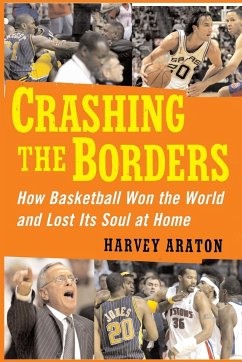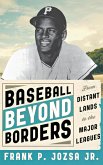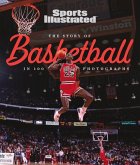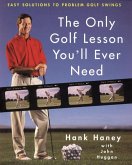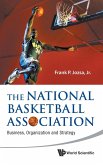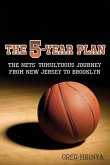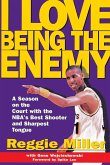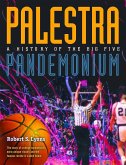The game of basketball has gone global and is now the world's fastest-growing sport. Talented players from Europe, Asia, South America, and Africa are literally crashing the borders as the level of their game now often equals that of the American pros, who no longer are sure winners in international competition and who must compete with foreign players for coveted spots on NBA rosters. Yet that refreshing world outlook stands in stark contrast to the game's troubled image here at home. The concept of team play in the NBA has declined as, in the aftermath of the Michael Jordan phenomenon, the league's marketers and television promoters have placed a premium on hyping individual stars instead of teams, and the players have come to see that big-buck contracts and endorsements come to those who selfishly demand the spotlight for themselves. Even worse, relations between players and fans are at a low ebb. Players are perceived to be overpaid, ill-behaved, and arrogant. Fans, paying hundreds of dollars for tickets, often act boorishly and tauntingly. This tension boiled over on the night of November 19, 2004, at the Palace of Auburn Hills, Michigan, during a Detroit Pistons-Indiana Pacers game, when players brawled with fans as much as each other in what was, in fact, a racial skirmish. When the Pacer players entered the stands throwing punches, they had truly smashed an altogether different kind of border. In the aftermath of that sorry spectacle, regular-season television ratings declined for NBA games. Playoff-game ratings plummeted. Sales in NBA-licensing products sagged by a reported 30 percent. For the millions of Americans who cherish basketball, the love affair has reached a state of crisis. Few people care as deeply and know as much about basketball as Harvey Araton, the highly literate and well-traveled sports columnist for The New York Times. For many a season, Araton has observed "the ballers," as the players call themselves, at college tournaments, the NBA, and the Olympics. He has enjoyed a pressbox seat while watching the great 1980s rivalries of Magic Johnson and Larry Bird, the transcendent career of Michael Jordan, and the slow unraveling of the game through the 1990s until the present season, as newly arrived players and league officials misunderstood and misapplied the mixed lessons of Jordan's legacy. Calling on his many years of watching games, of locker-room interviews, of world-hopping reportage, Araton takes us to scenes of vivid play on the court and to off-camera dramas as well. In this taut, simmering book, the author points his finger at the greed and exploitation that has weakened the American game. And with uncommon journalistic courage, he opens a discussion on the volatile, undiscussed subject that lies at the heart of basketball's crisis: race. It begins, he argues, at the college level, where, too often, undereducated, inner-city talents are expected to perform for the benefit of affluent white crowds and to fill the coffers of their respective schools in what Araton calls a kind of "modern-day minstrel show." It continues at the pro level, where marketers have determined that "gangsta" imagery provides for a livelier entertainment package, never mind the effect it has on the quality of team play. And where, moreover, players themselves, often both street smart and immature, decide to live up to the thuggish stereotypes.
Hinweis: Dieser Artikel kann nur an eine deutsche Lieferadresse ausgeliefert werden.
Hinweis: Dieser Artikel kann nur an eine deutsche Lieferadresse ausgeliefert werden.

